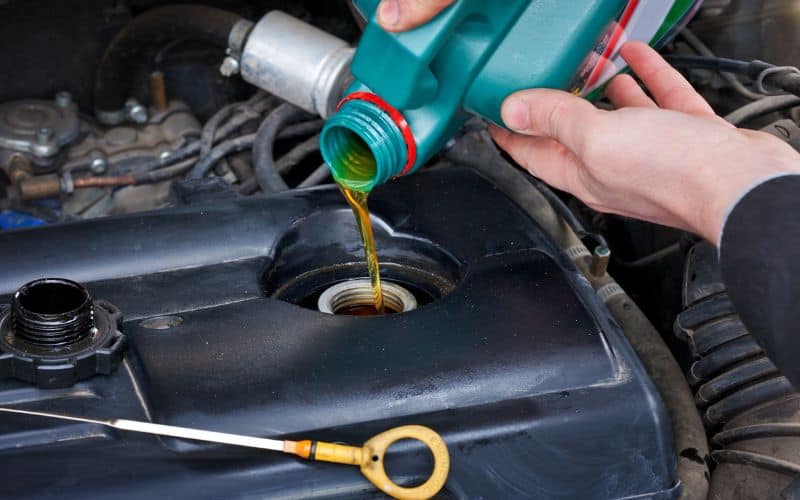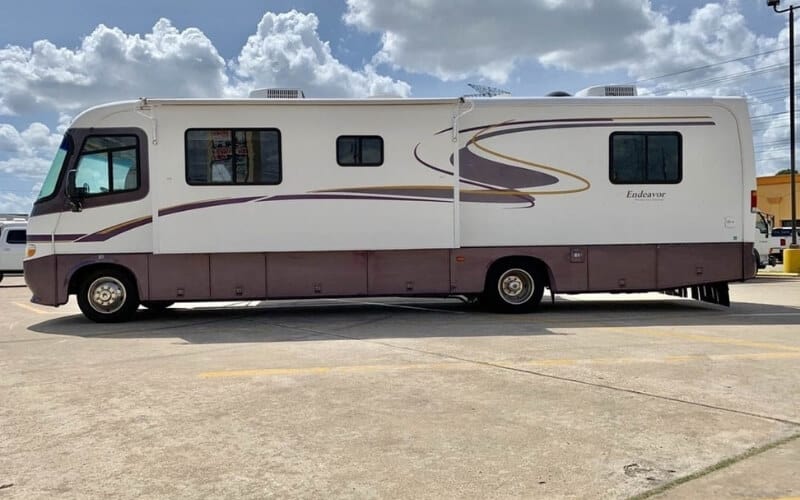Towing a travel trailer can be a harrowing experience if you don’t use a weight distribution hitch.
There is nothing worse than looking in your rearview mirror to see your trailer bouncing or swaying dangerously behind you.
Fortunately, slowing down isn’t the only answer to solve trailer sway and bounce. Installing a weight distribution hitch between your vehicle and camper trailer can reduce sway and bounce and, ultimately, provide a much safer towing experience.
But how do you determine whether or not you need a weight distribution hitch for your trailer?
If your trailer weight exceeds 50% of your vehicle’s gross vehicle weight rating (GVWR), getting a weight distribution hitch is the best way to guarantee safe and effective towing.
While that is hopefully a pretty clear metric for you to use, there is some additional nuance to this question. Safe towing requires properly balancing the weight in your trailer, for example.
Additionally, not all vehicles are compatible with a weight distribution hitch and not all vehicle-trailer combinations will require one.
Luckily for you, we will address everything you need to know about weight distribution hitches for trailers in this guide. So let’s get to it!
What Is A Weight Distribution Hitch?
A weight distribution hitch is a replacement for a traditional hitch, not a supplement. This type of hitch connects your towing vehicle to your trailer using a hitch coupler, but it includes additional arms that serve to provide more stable towing.
These arms begin from the vehicle side of the hitch and extend out to connect to the trailer at a minimum of two connection points.
When viewed from above, the arms on a weight distribution hitch extend out and connect to your trailer to create a triangular shape.
How Do Weight Distribution Hitches Work?
A weight distribution hitch distributes the weight of your trailer more evenly over both axles of your tow vehicle.
Adjustable springs bars connect from your hitch to your trailer and transfer the tongue weight of your trailer through the towbar and frame of your vehicle.
But how does it accomplish this?
At the connection points, an upward force is applied to distribute a portion of your trailer’s weight towards the front of your towing vehicle instead of all the weight resting on the rear axle (like would be the case with a traditional hitch).
This serves to level out your vehicle and alleviate weight imbalances that cause your trailer to sway or bounce dangerously at higher towing speeds.
They also take some of the stress off the rear axle of your vehicle and help you maintain better control while towing.
How Do I Know If My Vehicle and Trailer Are Balanced Properly?
When your vehicle and trailer are balanced properly, the front of your vehicle and back of your trailer should appear to be at roughly the same height from the ground (when viewing them from a side profile).
If the back of your vehicle is noticeably sagging, it will pull the nose of your trailer down and take some of the loaded weight off of your trailer’s rear axle.
This is a sign of an imbalanced towing situation and is exactly what a weight distribution hitch is designed to remedy.
What Are The Benefits of a Weight Distribution Hitch?
Well, we have already discussed the clear benefit of more even weight distribution. Here are a few additional benefits of this kind of hitch:
Are There Any Downsides of a Weight Distribution Hitch?
Yes, there actually are. These hitches can place a significant amount of weight and torque on the towbar and frame of your vehicle.
This is why some manufacturers recommend that you hop out of your vehicle and release the spring bars before you need to make any tight turns.
In theory, this doesn’t sound like a big deal. But think about how often you go from driving straight on a highway for hundreds of miles to navigating into an unreasonably tight truck stop with hundreds of other vehicles.
Was there even a place where you could have pulled over to release your spring bars before you pulled in?
Many users neglect to follow the manufacturer’s instructions on this front. Some even get away with it for years without issue.
But it puts serious stress on your towbar and actually increases the risk of catastrophic structural damage to the vehicle’s entire frame.
So, if you truly used this kind of hitch properly, the major downside would be stopping all the time to disconnect your spring bars and then stopping again to connect and re-tension them later.
How To Know If You Need a Weight Distribution Hitch For Your Trailer
The simplest way to know you need a weight distribution hitch is that white-knuckle feeling every time you tow.
If you don’t feel like you have control when stopping and steering, the odds are good that this type of hitch will help.
Another common sign of an imbalance between a vehicle and a trailer can be seen in where your headlights are pointing.
When you are towing at night and have trouble seeing the road because your lights are pointing up at the stars, you need a weight distribution hitch.
If you have a more mathematical approach, you should consider a weight distribution hitch if your trailer weighs more than half of your towing vehicle’s gross vehicle weight rating (GVWR).
That simple metric should be a guiding principle. But you may find yourself really close to that metric (maybe you’re at 45% or 48%) and unsure if you need a weight distribution hitch.
The Scientific/Mathematical Approach
Fortunately, there are some other measurements that will help you make this determination. Here are the measurements you will need:
After you complete all of these measurements, go ahead and hook up your trailer. Then, go around and take all of the measurements again.
Once you have all of these new measurements down, you will need to do some comparison.
There are many ways to do it, but the simplest method is to compare the wheel well measurements.
If you get a discrepancy of more than 20 millimeters, you should consider adding a weight distribution hitch to your setup.
Going By What You Feel
If you don’t want to get mathematical about it, here are a few other factors to consider:
You Regularly Experience Trailer Sway or Bounce
If you always feel your trailer moving around back there, it is a good sign that this type of hitch may be helpful.
A weight distribution hitch can help to calm down trailers that love to sway side-to-side or bounce up-and-down.
You Can Visually See That Your Trailer and Vehicle Are Imbalanced
If you can’t quite do the perfect math but you can visually tell that the back of your trailer and front of your vehicle are pointing up, it is an obvious sign that you need a weight distribution hitch to level things out.
You Are Forced to Go Very Slow While Towing
If you always have to keep your towing speed below 50 or 55 miles per hour to keep your trailer from swaying or bouncing uncontrollably, you need a weight distribution hitch!
Towing Always Feels Like a Dangerous, “White-Knuckle” Experience
If you are checking your rearview and side-view mirrors so frequently that your hands are sweating and you can barely keep your eyes on the actual road in front of you, this is not how towing has to be! And one of these hitches can be your key to a less stressful towing experience.
Can I Get Away Without A Weight Distribution Hitch?
Certainly! But it will require a well-balanced trailer load. It is also more common for owners of lighter trailers with relatively minimal tongue weights to avoid needing a weight distribution hitch.
However, if you have a heavier rig, we do recommend this type of hitch.
While you technically can get away without one, you will have much less control of your rig and you will often be forced to go much slower to maintain control.
This can make your longer trips maddeningly slow and also significantly decrease your fuel economy while towing.
Can A Weight Distribution Hitch Increase My Towing Capacity?
A weight distribution hitch will not increase your vehicle’s towing capacity, but it will allow your hitch to function to its manufactured ability.
This type of hitch is simply designed to create a more balanced towing experience and maximize the efficacy of your hitch.
It can, however, have unintended positive consequences, such as increasing fuel economy and reducing strain on the rear axle of your towing vehicle.
However, a failure to adhere to the stated towing capacities of your vehicle and towing equipment can cause equipment damage or failure that ultimately puts human lives in danger.
Please also keep in mind that your towing system is only as strong as its lowest-rated component.
If, for example, you purchase multiple towing accessories separately instead of purchasing a full weight distribution hitch system that comes with all of the required components, you will need to ensure compatibility for all components.
Not all hitch couplers will be compatible with the weight distribution systems that only include adjustable spring bars and attachment brackets.
Only Class III, IV, and V hitches can be used with weight distribution systems, for example.
This is why you are usually better off buying a complete system instead of trying to piece one together to save a few bucks.
What Does A Weight Distribution Hitch Cost?
A weight distribution hitch can cost anywhere from roughly $200 at the low end to more than $400 for a higher-end model.
Ultimately, it depends on the quality of construction and how much weight you are towing.
A weight distribution hitch that is designed for towing heavier loads will cost more than a model designed for smaller trailers.
How To Select A Weight Distribution Hitch
To choose the right hitch for your situation, you will first need to note the tongue weight of your trailer and then weigh the loaded weights of both your trailer and towing vehicle.
You may need to find a local vehicle scale in order to accomplish the latter.
Once you have all of those weights at your disposal, you can begin to narrow down your choices to a hitch that can handle those loads.
On top of that, you will need to ensure compatibility with both your trailer and your vehicle.
Most of these hitches include a tongue and ball that insert into your vehicle’s hitch receiver, two spring bar arms, A-frame clamps to attach to the arms of your trailer, retaining pins, and some sort of levering tool.
To be clear, these hitches are not designed for use on 5th wheel trailers. They are specifically designed for more traditional travel trailers and smaller towable campers.
Can I Use My Weight Distribution Hitch On Any Vehicle?
Unfortunately, the answer is no. And this adds another level of complexity to your decision-making process.
Certain vehicle manufacturers will specifically warn against using this type of hitch with all of their vehicles.
Others will list a handful of vehicle models that cannot support the amount of torque and stress that a weight distribution hitch would place on the towbar and frame.
Kia, for example, strongly warns against using this type of hitch with any vehicle model that is equipped with a factory-installed Kia accessory towbar.
Jeep, on the other hand, adamantly supports the use of a weight distribution hitch for towing any trailers in excess of 4850 pounds (2200 kilograms).
This is true even if your Jeep is outfitted with a Quadra-lift air suspension system.
Land Rover is another example of a company that warns against the use of these hitches.
They don’t necessarily have a problem with them being used with all of their vehicles, but caution against them for any of their models that are equipped with air suspension due to concerns over how it will impact the vehicle’s auto-leveling capabilities.
As you can tell, it is a good rule of thumb to consult with your vehicle’s manufacturer to learn about any concerns before you install a weight distribution hitch.
In some cases, their concerns may not even be related to your safety. Instead, they can have more to do with insurance and liability.
So be aware of whether installing one of these hitches will impact your vehicle warranty and also how it will affect your insurance coverage.
Conclusion
At the end of the day, I hope you have realized that not all travel trailer owners need to worry about searching for a weight-distribution hitch.
For those that do meet the criteria we have discussed above, however, finding the right hitch that fits your vehicle and trailer is your next step.
If you are ready to take that step, we suggest checking out our review of the eight best weight distribution hitches to prevent swaying and bouncing.
That article also includes a comprehensive buying guide to help you choose a compatible design.
For all trailer owners out there, we want to conclude by wishing you happy towing.
We hope you enjoy all of your RVing and camping adventures over the next several months!

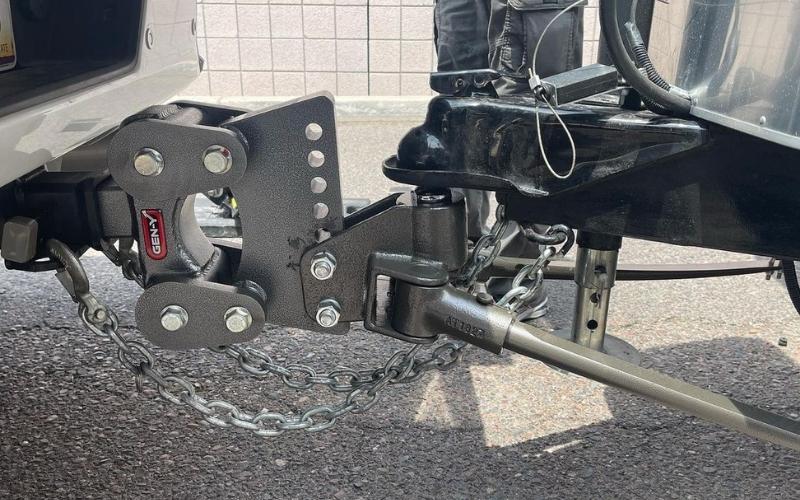
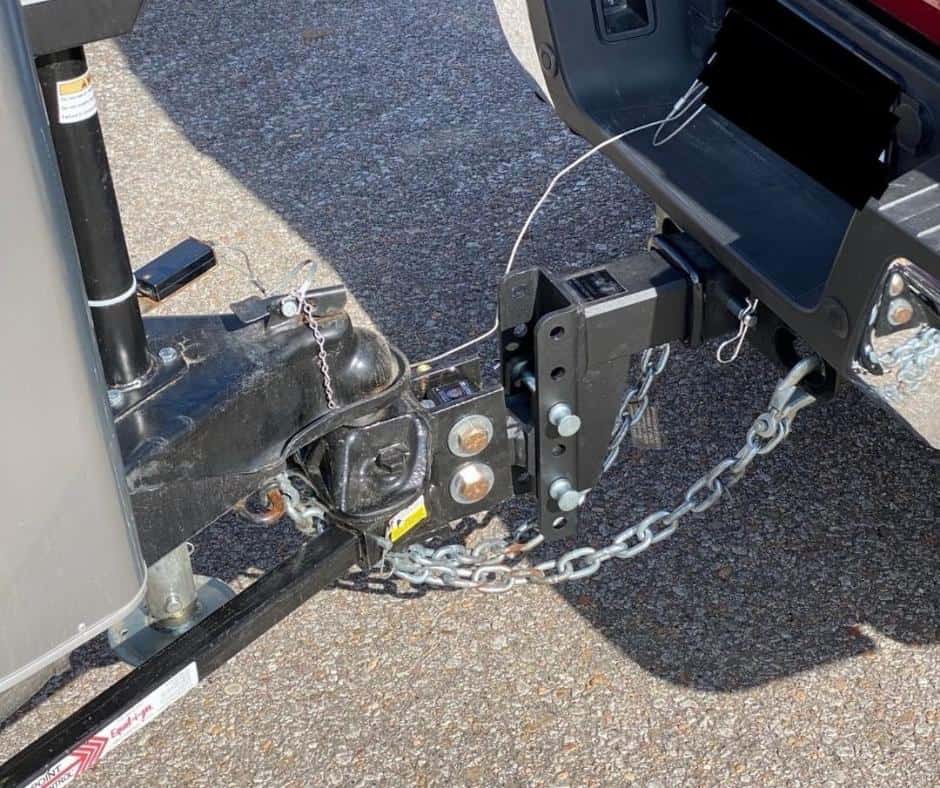
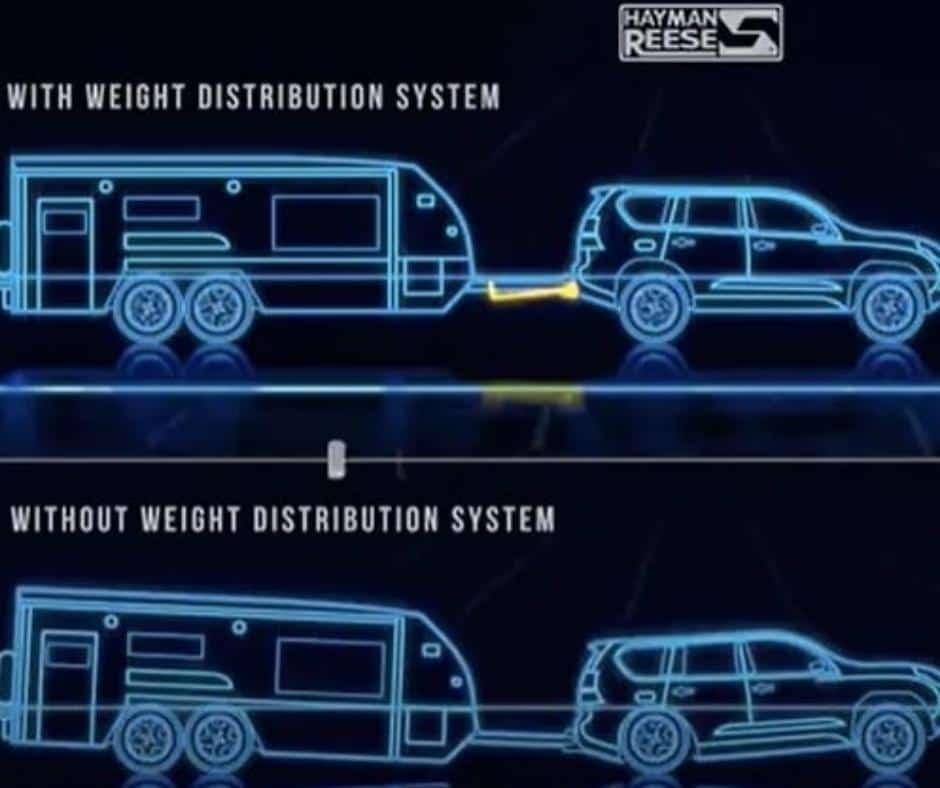
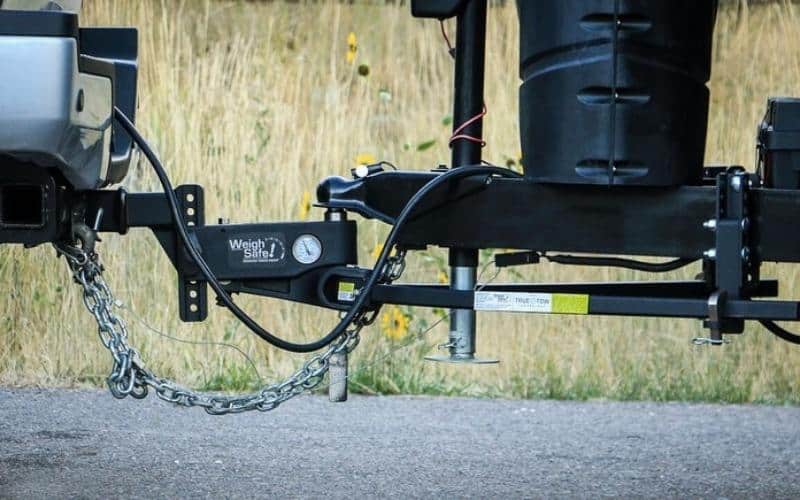
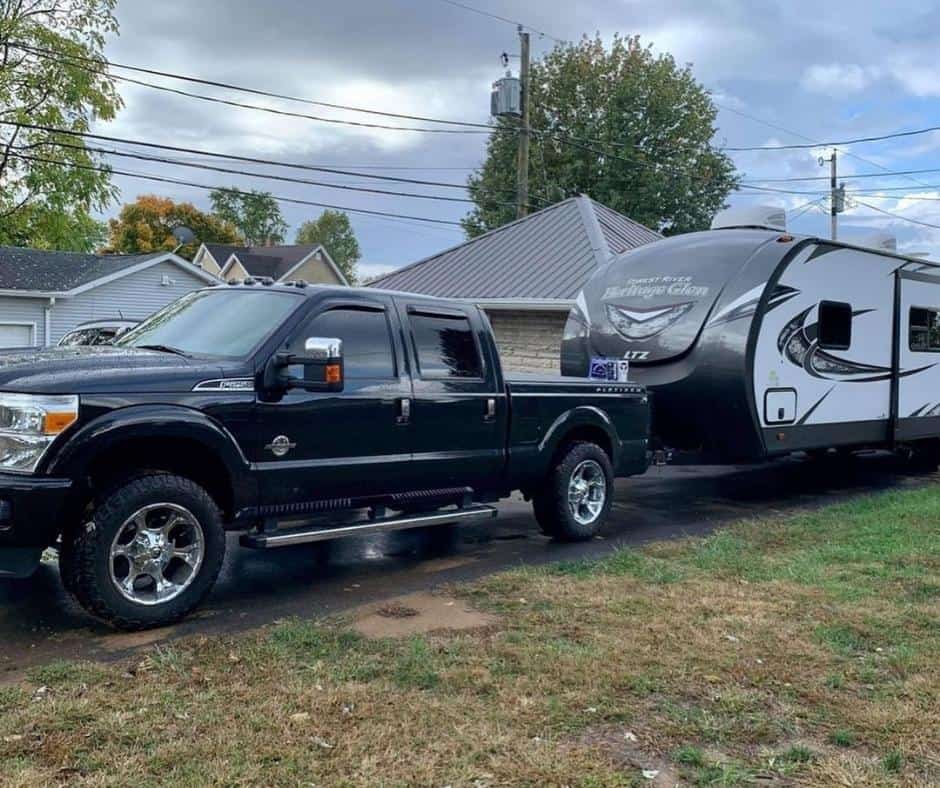

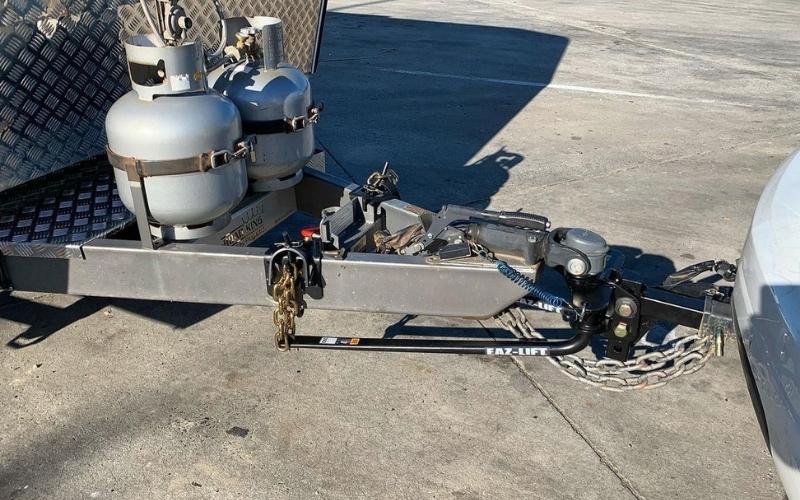
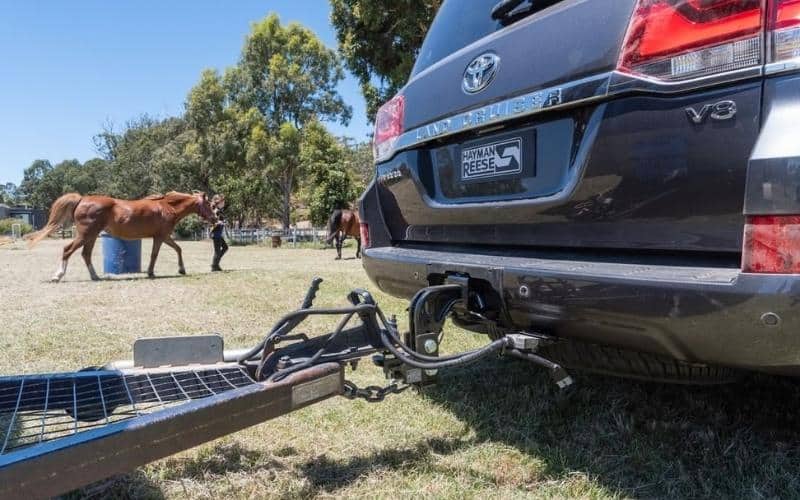
![Travel Small, Live Big: 6 Class C Motorhomes Under 25 Feet for Your [currentyear] Adventures 9 Best Class C Motorhomes Under 25 Feet](https://www.rvingknowhow.com/wp-content/uploads/2021/10/Best-Class-C-Motorhomes-Under-25-Feet-150x150.jpg)
![8 Best Bunkhouse Travel Trailers under 5000 lbs: Top RVs in [currentyear] 10 The 6 small bunkhouse travel trailer under 5000 lbs in 2021](https://www.rvingknowhow.com/wp-content/uploads/2021/10/The-6-small-bunkhouse-travel-trailer-under-5000-lbs-in-2021-150x150.jpg)
